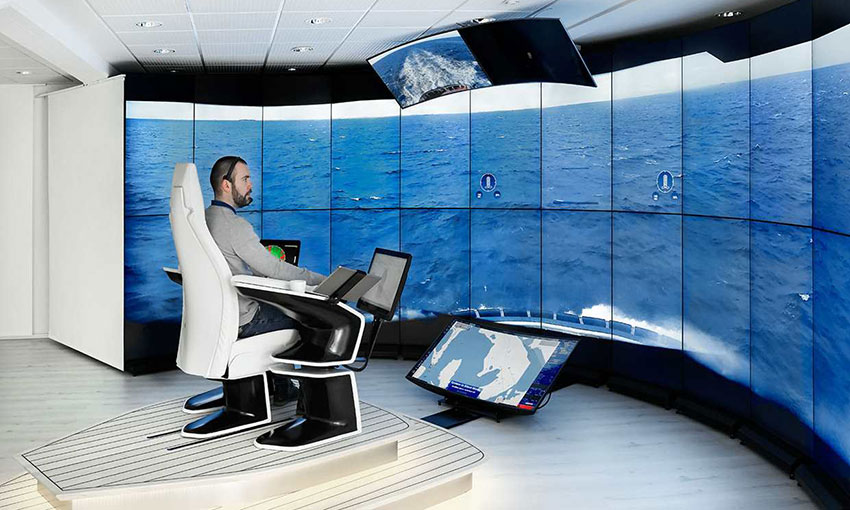TOWAGE operator Svitzer, along with Kongsberg Maritime and the American Bureau of shipping have signed an agreement to jointly develop what they say is the world’s first fully operational and fully remote-controlled tugboat.
While Svitzer is bringing operational experience and a newly built tug with crew to the team, Kongsberg Maritime will provide the remote-control systems and the autonomous technology and lead the integration of systems and technology. ABS will bring the guidance and expertise necessary to obtain regulatory approval.
The aim of the project, called RECOTUG, is to develop a remotely controlled tug that will be able to perform a full towage operation with all operations controlled from a remote-operations centre.
The companies said the tug and the achieved safety level shall lead to maritime authorities (class and flag) approving the technology. This will ultimately allow Svitzer to conduct commercial remote tug operations in the port of Copenhagen.
Kongsberg Maritime president Egil Haugsdal said Kongsberg Maritime is a leader in maritime autonomy and it is involved in several projects that define the remote and autonomous vessel control systems for tomorrow
“This venture takes that ground-breaking work a step further by integrating these key technologies into a new context of operation,” Mr Haugsdal said.
“At Kongsberg, we believe that digitalisation and enhanced automation are vital to ensuring a safe, sustainable and profitable future for the maritime industry, and the step forward represented by this project is of great importance in demonstrating the application.”
The project is a natural continuation of the first Svitzer/Kongsberg Maritime (formerly Rolls-Royce Marine) project announced in 2017 centred around remotely operated navigation of the Svitzer Hermod tug in the Port of Copenhagen.
As a result of the project, the partners safely conducted several remotely controlled, non-towage specific manoeuvres on water.
From the quay side in Copenhagen harbour the vessel master, stationed at a remote operating centre, berthed the vessel alongside the quay, undocked, turned 360 degrees, went for a sail and safely docked again.
The near-shore environment of harbour towage, where Svitzer operates, is well-suited for remote controlling which requires full connectivity and Svitzer is excited to be partnering up with Kongsberg Maritime and ABS.
Svitzer global chief operating officer Ingrid Uppelschoten Snelderwaard said there is no doubt that advanced autonomy is progressing fast across the maritime industry.
“At Svitzer, we are determined to be at the forefront of the innovation in this space to ensure we are well positioned to meet changing demands. We start with one tug and explore from there how to best leverage technology, improve safety and efficiency and meet our customer’s demand for reliable & cost-efficient services, also in the future,” Ms Snelderwaard said.
“Technology is changing our lives across the board and at Svitzer we want to influence and drive how technology will transform towage over time. Safety comes first, and this entire project is first and foremost relying on the implied safety case.”
ABS chairman, president and CEO Christopher Wiernicki said as a data-centric organisation, ABS is a leader in the maritime application of digital technologies.
” a data-centric organization, ABS is a leader in the maritime application of digital technologies. As safety moves away from the things you can see and touch, to things you cannot see such as software and data, ABS has been spearheading development of next generation safety approaches that draw on our expertise as a technical integrator,” Mr Wiernicki said.
“As a result of this tradition of constant innovation, we are uniquely well placed to support this project, which is genuinely breaking new ground for the entire industry. Greater industry collaboration is going to be key to meeting the challenges of digitalisation and maritime sustainability, so ABS is proud to be part of a team that has such a significant role to play in shaping the direction of both.”

